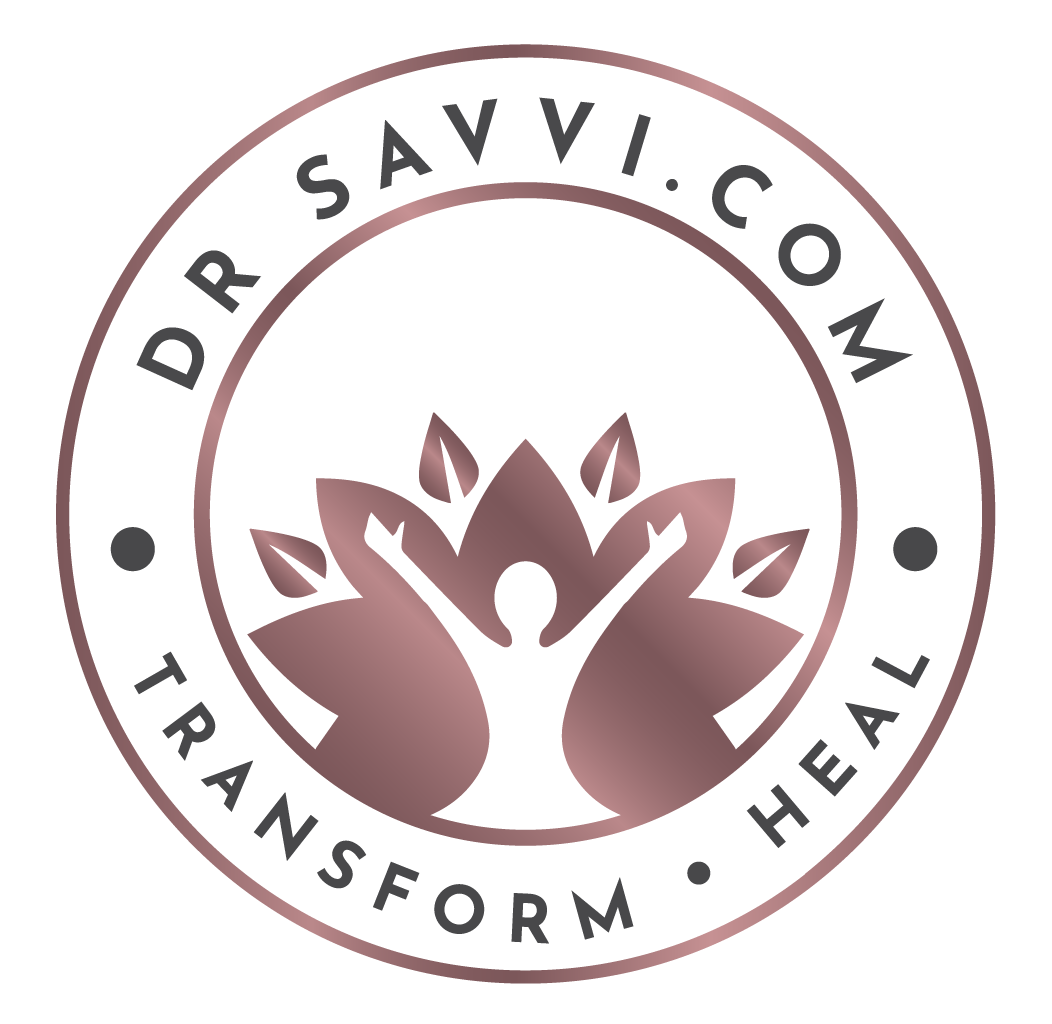Navigating Burnout: A Journey to Rediscover Balance
- savvykr2007

- Dec 28, 2023
- 5 min read

Ever felt like you're running on empty, both physically and emotionally? That's the tricky terrain of burnout – a condition that goes beyond exhaustion, throwing in emotional weariness and a cocktail of other symptoms. Picture it as a storm brewing within, but the good news is, you can stop it before it wreaks havoc.
Burnout is a serious health condition that manifests as physical and emotional exhaustion, with a host of other symptoms. The earlier in the burnout cycle that you identify you are on the path to burnout, the sooner you can stop it in its tracks.
Christina Maslach, the guru in this realm, paints burnout as a psychological storm of emotional exhaustion, depersonalisation, and a sense of dwindling personal accomplishments for those working with others. It's like weathering three phases: feeling drained, growing cynical and detached and struggling with feelings of ineffectiveness.
What is the meaning of burnout?
Christina Maslach defines burnout as:
“a psychological syndrome of emotional exhaustion, depersonalisation, and reduced personal accomplishments can occur among individuals who work with other people in some capacity.”
According to Maslach, the symptoms fall into three categories:
physical and emotional exhaustion
cynicism and detachment
feelings of ineffectiveness and lack of accomplishment.

The remedy?
Despite what society has you buying into, burnout cannot be cured by self-care. Burnout cannot be cured by meditation. Burnout cannot be cured by a luxurious getaway. That is because burnout is not your fault.
The problem with these alluring remedies, programs and products that promise to alleviate your burnout is that they are implying that burnout is a self-generated phenomenon.
“You got burned out.
It's your problem.
You fix it.”
How do you think this belief impacts your workplace?
If burnout is not their problem, then they don't have to do anything about it since you've got it covered.
Organisations can kick their feet up, relax and continue to conduct business as usual - creating and fostering the dysfunctional working conditions that caused your burnout in the first place.
Burnout is a psychological syndrome which involves a prolonged response to chronic stressors on the job. Remember that it is comprised of three key elements: emotional exhaustion, increased cynicism, and decreased self-efficacy.
The main work factors identified by leading burnout researcher Christina Maslach (1999) that contribute to burnout include an unmanageable workload, lack of autonomy, insufficient rewards, lack of community and social support, unfairness and injustice, and value conflicts between you and your organisation.
Although some personality factors can play a role in the development of burnout (my fellow Type A's-I see you), they play a less critical role. To make this even more interesting, burnout is thought to be a social phenomenon of work groups, and can be described as contagious (Maslach & Leiter, 2017)
(Looking at the six work factors, none of them have to do with how resilient or compassionate you are.Working in an environment that is less than ideal, moderately uncomfortable, or outright corrosive results in this thing we call burnout- you're left emotionally drained, detached from your work, and questioning your abilities and skills. Cue the self-care, yoga, crystals, and the rhetoric around fixing your burnout.
If you need a vacation, take that vacation!
Yet, these things will not make up for the fact that your terrible boss, mean coworkers, feeling unappreciated for your efforts, incredibly high demands, inability to customise your work, or 1000+ other factors are causing you burnout. It's like putting a band-aid on a wound that requires surgery - superficial approaches will only last so long if the underlying root of the problem is not addressed)

If you know you're experiencing burnout, take a careful look at the conditions at work and how it is impacting you in every part of your life.
If you don't like what you see and feel, it is time for a change- speaking up to your boss, moving to a new floor, or finding a new job - I can't give you that answer, but hopefully this blog has prompted you to do some investigating and find the answers for yourself.
A critical part of your burnout recovery is to talk about your experiences. This help could be in a formal support group, or with a trusted friend/colleague or your therapist/mental health professional.
When you are in the midst of burnout, it can feel like your life is over, and you're going to be broken forever. That just isn't true. Your body is just giving you feedback that your life is out of balance with what you need.
Burnout is a chance to reset how you live, to get to know yourself better, and to create a happier, healthier, and more fulfilling life along the way.
Let's address the elephant in the room. Burnout isn't a self-inflicted wound that can be healed by a spa day or a meditation retreat. It is not your fault; it is a response to chronic workplace stressors. Those tempting remedies promising to fix you?
They miss the mark, placing the burden squarely on your shoulders.

In my journey as a doctor I have been in unethical settings with unrealistic workload and little autonomy, which is the perfect breeding ground for burnout.
Burnout isn't fixed with a yoga class or crystals; it's like putting a band-aid on a wound that needs surgery. Sure, indulge in self-care, but don't let it distract from the deeper issues.
If your work environment feels like a toxic playground, don't rely solely on self-care bandaids. Examine the conditions, from terrible bosses to unappreciated efforts. Taking that deep dive may reveal it's time for change – whether it's speaking up to your boss or exploring new career avenues.
Share your burnout story – in a support group, with a friend, or a mental health professional.
When burnout engulfs you, it might seem like life is over, but really - it's a chance to reset, rediscover yourself and forge a path to a happier, healthier life.
References:
Maslach, C., & Leiter, M.P. (2017). Understanding Burnout. In C.L. Cooper & J. Campbell
Quick (Eds.), The Handbook of stress and health:
A guide to research and practice (36-56).
Hoboken, NJ: Wiley Blackwell
Maslach, C., & M.P., Leiter. (1999). Six areas of worklife: A model of the organizational context of burnout. Journal of Health and Human Services Administration, 21(4):472-89

From 2024, my primary area of focus is to help people recover from situations of burnout.
For the last 2 years I have worked with over 100 people in group set ups who have mentioned these sentences at some stage of our work together : "I am running on empty,help me!" "I cannot afford to quit"
They have all struggled with burnout at work and home.
It has taken them about 6-8 weeks of working with me to turn their life around.
In the New Year, you will have the option of working with me in a group set up (Burnout Recovery Blueprint - 6 weeks Live program) or one-to-one for a longer duration (especially if you are a HSP).
Find out why this is a game changer, get in touch.
Much love,
Savvi




Comments